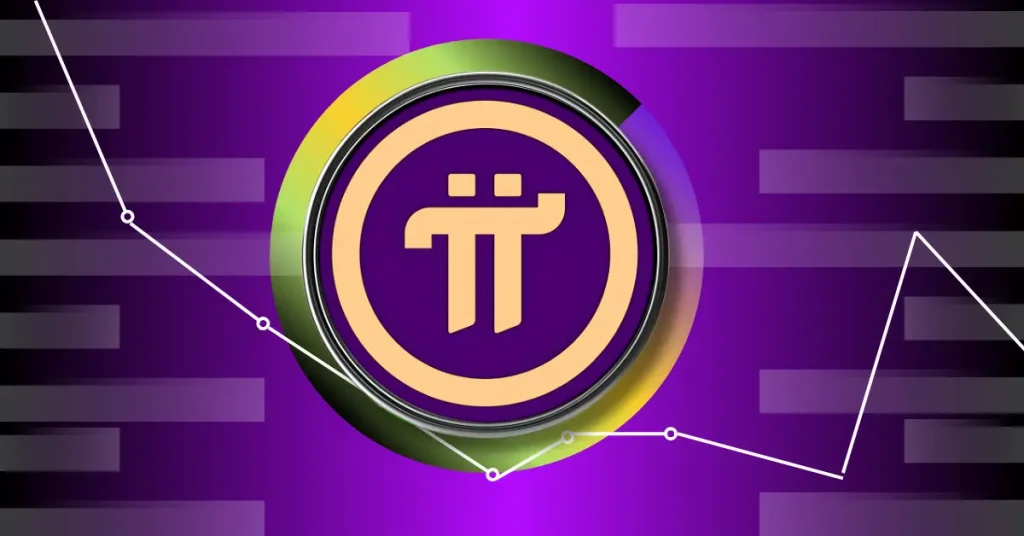
Last weekend, as I was watching TV from one channel to another, the topic of this year’s Major League Baseball draft caught my attention. Believe it or not, digital assets crossed my mind as the draft progressed.
Certainly, baseball (baseball) and crypto assets (virtual currency) do not have a very concrete (or indirect) connection. But my mind works that way sometimes (I’m also an avid sports fan, by the way).
In any case, anyone familiar with the draft knows that teams pick players based on what they think they can accomplish down the road. This basically applies to all sports that are shown on television.
What sets baseball apart from other professional sports is that it may take three to four years, or even longer, for drafted players to hit the MLB field. The period from draft day to debut is spent in the lower leagues for development.
Who are the promising players who can compete with veteran players such as Bitcoin and Ethereum?
Established digital assets such as Bitcoin (BTC) and Ethereum (ETH) are like veteran star players, while newer altcoins are like recently drafted players. Altcoins are by all accounts a promising asset, but they have a long way to go before they succeed.
But how do you assess the future of crypto assets? Where is it worth seeing? Where do you even start?
For better or worse, my starting point is developer activity. I see it as a sign of the protocol’s growth and a signal of where the developers have decided to allocate their intellectual capital. The general idea is that where there is development, value generation and price appreciation can continue.
My source this time is a developer at Electric Capital, a venture capital (VC) that aims to “quantify developer activity” happening in the cryptocurrency and Web3 ecosystems. Report.
Here’s what we learned from it.
New developers are leaving crypto
Before assessing potential, it’s useful to see if anyone is interested in the first place. A quick look at Google search trends shows that the search terms “bitcoin” and “cryptocurrency” are used about half as often as they were a year ago.
A report by Electric Capital also shows that over the past year, active developers across the crypto space have fallen 22%, down 8% since January. ‘New developers’ are down 18% since January, worse than the overall numbers. This indicates that the decline in new developers is driving the decline in overall numbers.
But the broader picture is less dire, with increases of 26% and 92% respectively over the past two and three years. While the overall trend is upward, the challenges faced by crypto assets in the last 12 months naturally negatively impacted new developers. Meanwhile, those who have been developing in this area for more than 12 months have stayed put.
In addition, I initially thought that increased development would lead to an acceleration in the price, but it may be difficult to make that judgment because the price of Bitcoin soared even in the face of a decline in developers this year.
I suspect Bitcoin and Ethereum are splitting into two patterns, with rising prices leading to more developer activity and smaller, lesser-known protocols vice versa.
Still, some cryptocurrency protocols grow big
Of the 20 ecosystems with the highest total developer count, three have seen positive year-over-year growth, and two of them have tradable tokens.
Osmosis (OSMO)
- 1 year developer growth rate: 56%
- Two-year developer growth rate: 296%
Osmosis, a cross-chain decentralized exchange (DEX) developed using the software development kit “Cosmo”, has seen a 56% increase in the total number of developers over the past year, and the growth rate became the industry leader. Month-to-month activity was also strong, with a 26% increase from May to June.
However, the price of the native token “OSMO” did not follow suit, falling 27% so far in 2023. It has fallen 36% over the last 90 days. However, OSMO has performed solidly over the past 30 days, with prices up 7%.
The divergence between activity and price could present an attractive opportunity for investors targeting the early stages of the protocol, which is showing signs of growing interest from developers.
Optimism (OP)
- 1 year developer growth rate: 27%
- Two-year developer growth rate: 327%
Layer 2 blockchain optimism also saw strong growth. Optimism aims to be a lower cost, faster scaling solution for decentralized applications developed on Ethereum. The performance of Optimism’s governance token “OP” actually outpaced the growth of the number of developers, up 127% year-on-year. However, it has been sluggish in recent days, down 47% over the past 90 days.
Starknet
- One year developer growth rate: 4%
- Two-year developer growth rate: 590%
Rounding out our list is Starknet, a Layer 2 network. Currently, there are no tokens for sale. Still, it’s remarkable given the number of new developers pouring in to work on the protocol.
It’s not the only way to see the future, but we think the number of developers working on the protocol and the pace at which they’re growing is a good starting point. As more innovation, efficiency and value emerge, it could go a long way in identifying the next veteran candidate.
|Translation and editing: Akiko Yamaguchi, Takayuki Masuda
| Image: Chris Chow/Unsplash
|Original: Crypto Analysts Can Learn Something From Baseball
The post What Crypto Asset Analysts Can Learn from Baseball ── Pick Up Promising Draft Players for Crypto Assets | CoinDesk JAPAN | Coin Desk Japan appeared first on Our Bitcoin News.

 1 year ago
247
1 year ago
247














 English (US) ·
English (US) ·